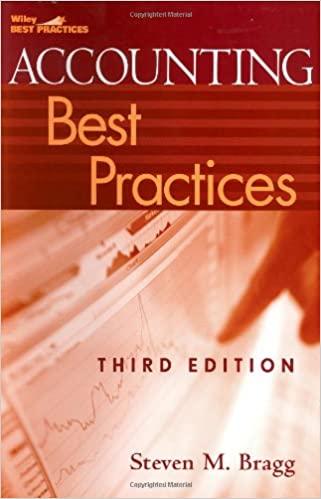10. Which of the following will lead to poor credit rating? a. Opening checking and savings accounts b. Opening and using a charge account c. Applying for a long-term loan and occasionally being late with a payment d. Making payments ahead of scheduled time e. Discussing with the lender if you foresee difficulty in making a payment 11. As a percent of take-home pay, monthly consumer credit payments should not exceed a. 25% b. 20% c. 15% d. 10% . 5% 12. If your monthly before-tax income is $2.000 and your monthly take-home pay is $1,500. your maximum monthly consumer credit payments should not exceed: a. S600. b. $450. c. 400. $300. e. $200. 13. Interest will usually begin to accrue immediately when you use a bank credit card to: a. make purchases. b. send payments. compute finance charges. d. get cash advances. e meet a financial emergency 14. Which of the following forms of consumer credit is the cheapest and offers tax shelters? a. Overdraft protection lines b. Home equity lines of credit c. Credit cards d. Unsecured personal credite. The Wage Earner Plan 15. What does a lender look at before granting credit? a. Political interests of the borrower b. Friend circle of the borrower C. Age of the borrower d. Religious affiliations of the borrower e. Lifestyle of the borrower 16. The basic purpose of insurance is to a. protect your health b. protect yourself from economic losses c. supplement your income d s hield you from bad decisions e. protect yourself from non-financial losses 17. Insurance is a tool that can reduce risk. a. social b. mental c. economic d. accidente exposure 18. The purchase of insurance is a common form of by the insured. a. risk retention b. risk transfer c. risk assumption d risk avoidance e loss control 19. Insurance underwriting is best described as: a. the process used by insurers to decide who can be insured and to determine applicable rates that will be charged for premiums. b. a set of activities used to identify the risk and rewards of investing the insured's funds on marketable securities. c. production-related activities performed primarily by agents on the field. d. the process of developing pricing structures for insurance, often performed by an actuary. c. a function most often performed by an actuarial. 20. The probabiliyorumcung creduced by







